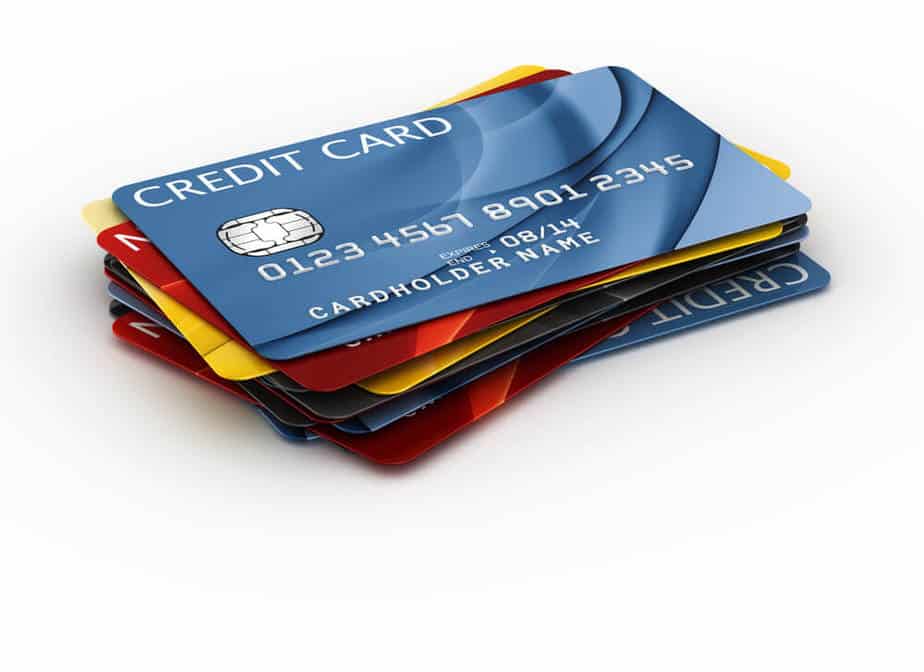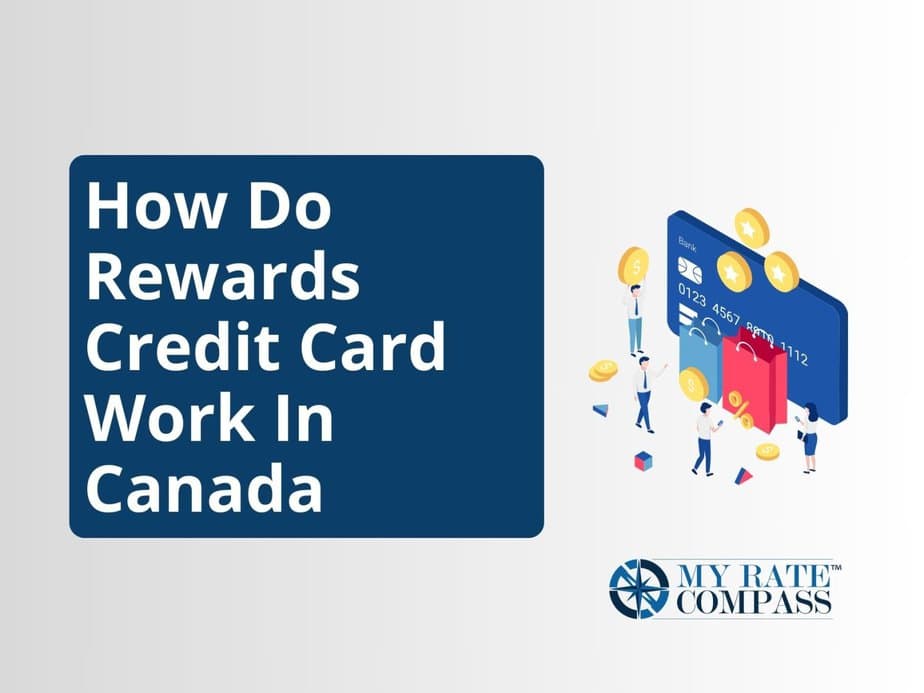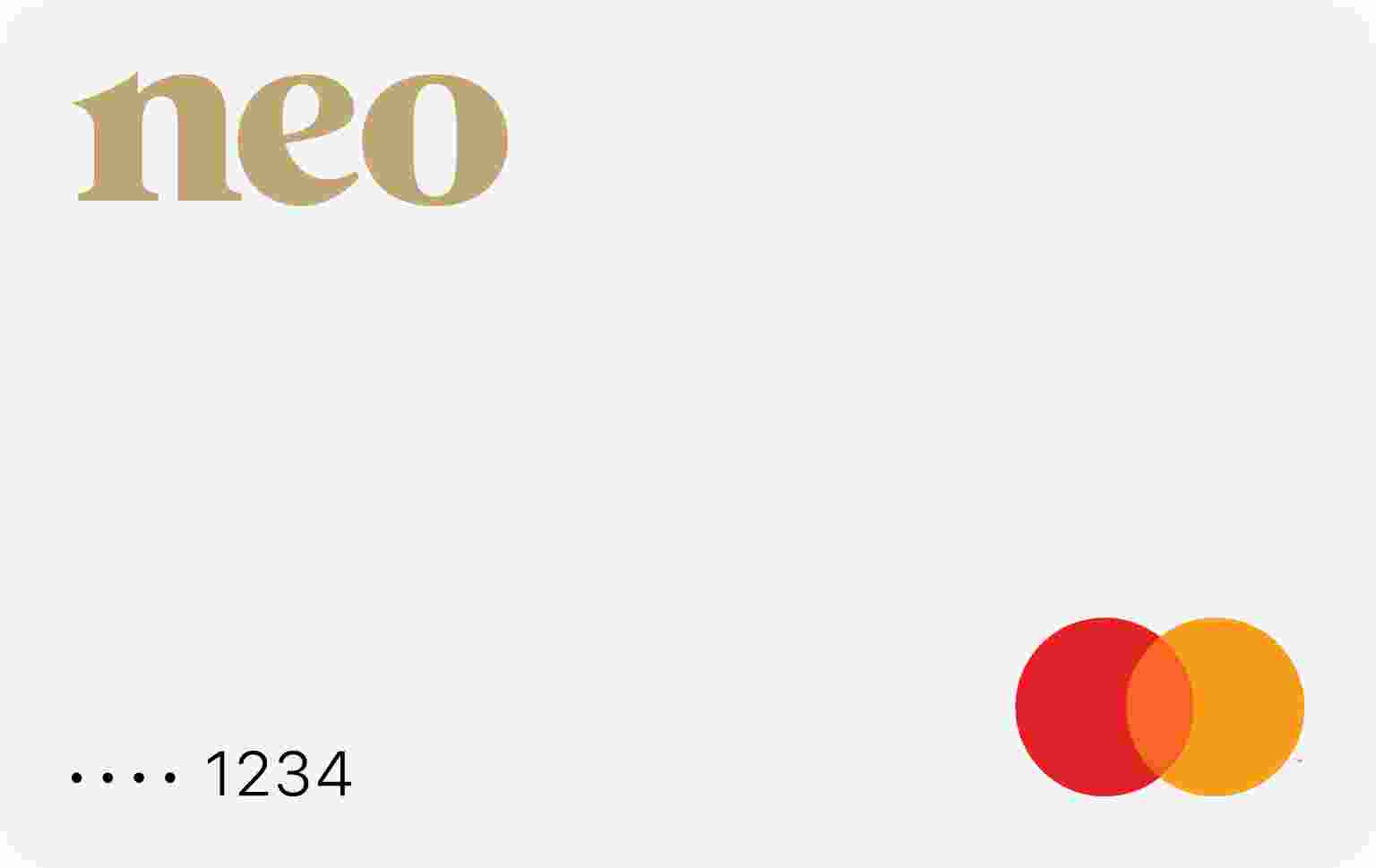A purchase rate is the interest rate that applies to any new purchases you make using your credit card. This rate only applies if you carry a balance on your credit card. Not all purchase rates are the same and vary based on your circumstances and credit card provider.
In this article, we explain purchase rates, explore factors that can affect your purchase rate, and offer tips on how to lower your purchase rate.
Let’s dive in by first defining some basic terms.
How Does A Credit Card Purchase Rate Work?
To understand purchase rates, you need to understand the following terms:
- Annual Percentage Rate (APR): APR is the interest you pay on your credit card balance per year. For example, you might have a 21% APR on your credit card.
- Outstanding balance: If you don’t pay off your credit card bill fully every month, any remaining debt is known as an “outstanding balance”. This is then carried from month to month until you pay it off.
Every time you purchase something with your credit card and carry a balance, you pay interest on the remaining balance. This interest is 1/12th of the Annual Percentage Rate. If your APR is 21%, you will pay a 1.75% purchase rate. Any time you need to pay interest on a credit card purchase, you pay what is known as the purchase rate.
If you pay your credit card fully each month, you never have to pay your purchase rate charges.
What Affects Your Credit Card Purchase Rate?
Not all purchase rates are the same. Over time, your credit card issuer may change your rates, and if you purchase two separate credit cards, their rates will differ. Several factors affect your credit card purchase rate. See the following to understand how:
- Credit Score: Your credit score plays a crucial role in determining the purchase rate on your credit card. A higher credit score indicates that you are a responsible borrower, which may make you eligible for a lower purchase rate. On the other hand, a lower credit score may result in a higher purchase rate.
- Payment History: Your payment history reflects how well you have managed your credit card payments in the past. If you have a history of making timely payments, it can positively impact your credit score and lead to a lower purchase rate.
- Credit Utilization: Credit utilization refers to the percentage of your available credit that you are currently using. Keeping your credit utilization low can help improve your credit score, which may result in a lower purchase rate. A good rule of thumb is to use less than 30% of your available credit.
- Market Conditions: Market conditions, such as interest rates set by the central bank, can influence the purchase rate on credit cards. When interest rates are low, credit card issuers may offer more competitive rates to attract customers.
- Cardholder Profile: Your individual profile and creditworthiness play a role in determining the purchase rate. Factors such as income, employment history, and overall financial stability can impact the rate offered to you.
Overall, by being fiscally responsible, you can get the best interest rates and pay lower purchase rates when (if) you carry a balance on your credit card.
How To Lower Your Credit Card Purchase Rate
If you’re unhappy with the current purchase rate on your credit card, you can try to negotiate a lower rate with your credit card issuer. While there’s no guarantee of success, it may be worth a try. Here are some steps you can take to lower your purchase rate:
- Do your research: Before contacting your credit card issuer, research the current purchase rates offered by other credit card companies. This will give you an idea of what rates are available and provide leverage for your negotiation.
- Highlight your loyalty: If you’ve been a long-term customer with a good payment history, emphasize your loyalty when speaking to your credit card issuer.
- Explain your circumstances: If you’re facing financial difficulties or have experienced a change in your financial situation, share this information with your credit card issuer. They may be more understanding and willing to lower your purchase rate.
- Be persistent: Credit card issuers may initially resist lowering your purchase rate. Be persistent and ask to speak with a supervisor or someone with the authority to make rate adjustments.
- Consider balance transfer offers: If your credit card issuer is unwilling to lower your purchase rate, you may want to explore balance transfer offers from other credit card companies. This can be an effective way to move your existing balance to a card with a lower rate.
Remember, negotiating a lower purchase rate is not guaranteed, but it’s worth the effort. Even a small change can make a big financial impact. For more information, see our complete guide on lowering your card’s interest rates.
How To Find The Purchase Rate On Your Credit Card
Now that you understand the purchase rate and the factors that affect it, you may be wondering what your credit card purchase rate is. Typically, your card issuer will indicate your purchase rate when you acquire your credit card, but there are other ways to find your rates:
- Check your credit card statement: The purchase rate is usually listed on your monthly credit card statement. Look for a section that outlines the interest rates, APR, or finance charges.
- Review your credit card terms and conditions: The purchase rate is often disclosed in the terms and conditions document you received when you first obtained your credit card. If you no longer have the physical copy, you can find the terms and conditions on your credit card issuer’s website.
- Contact your credit card issuer: If you’re unable to locate the purchase rate on your credit card statement or in the terms and conditions, you can contact your credit card issuer directly.
Tips For Managing The Purchase Rate Effectively
If you carry a balance, purchase rates can stack up over time and become much harder to pay off. Luckily, we’ve got a few tips on how to minimize your interest charges and make the most of your credit card:
- Pay your balance in full: To avoid interest charges, make it a habit to pay off your credit card balance in full each month. This way, you won’t accrue any interest on your purchases.
- Pay on time: Late payments can result in costly late fees and increase your purchase rate. Pay at least the minimum amount by the due date to maintain a positive payment history.
- Review your credit card options: If you’re consistently carrying a balance and struggling with high-interest charges, it may be worth looking at other credit cards. Look for credit cards with lower purchase rates or cards that offer introductory 0% APR periods on new purchases.
- Avoid cash advances: Cash advances usually have higher interest rates compared to regular purchases. Whenever possible, avoid using your credit card for cash advances to minimize interest charges.
If you follow these tips, you’ll be well on your way to improving your credit score, lowering your purchase rates, and managing your credit card responsibly.
Common Misconceptions About Purchase Rates
While purchase rates are fairly straightforward, there are nevertheless several misconceptions around them. You may even believe some of these yourself. Below, we address the most common misconceptions about credit card purchase rates:
- All credit cards have the same purchase rate: This is not true. Purchase rates can vary significantly between credit card issuers and even within different credit cards offered by the same issuer. It’s important to compare rates before choosing a credit card.
- The purchase rate is always fixed: While some credit cards have fixed purchase rates, many credit cards have variable rates that can change over time. Variable rates are often tied to the prime rate or another benchmark rate.
- Paying the minimum amount due will avoid interest charges: This is a common misconception. Paying the minimum amount will avoid late payment fees, but you will still be charged interest on the remaining balance.
- Once you have a high purchase rate, it can’t be changed: While it may be more challenging to lower your purchase rate once it’s been set, it’s not impossible. See the section above for our tips on how to lower your purchase rate.
Final Thoughts
In the end, your purchase rate is determined by your APR and spending habits. If you tend to carry a balance each month, your purchase rate may increase, causing you to pay more in credit card fees each year. The best way to avoid this is to pay your balance in full each month.
If you find it difficult to cope with your current purchase rate, don’t worry! You can always try to lower it or switch to a credit card with lower interest to make it easier to pay back your monthly fees.
Remember, understanding purchase rates is the first step to using your credit card responsibly. Once you know how it works, you can learn how to avoid unnecessary fees and build good credit. Happy spending!






